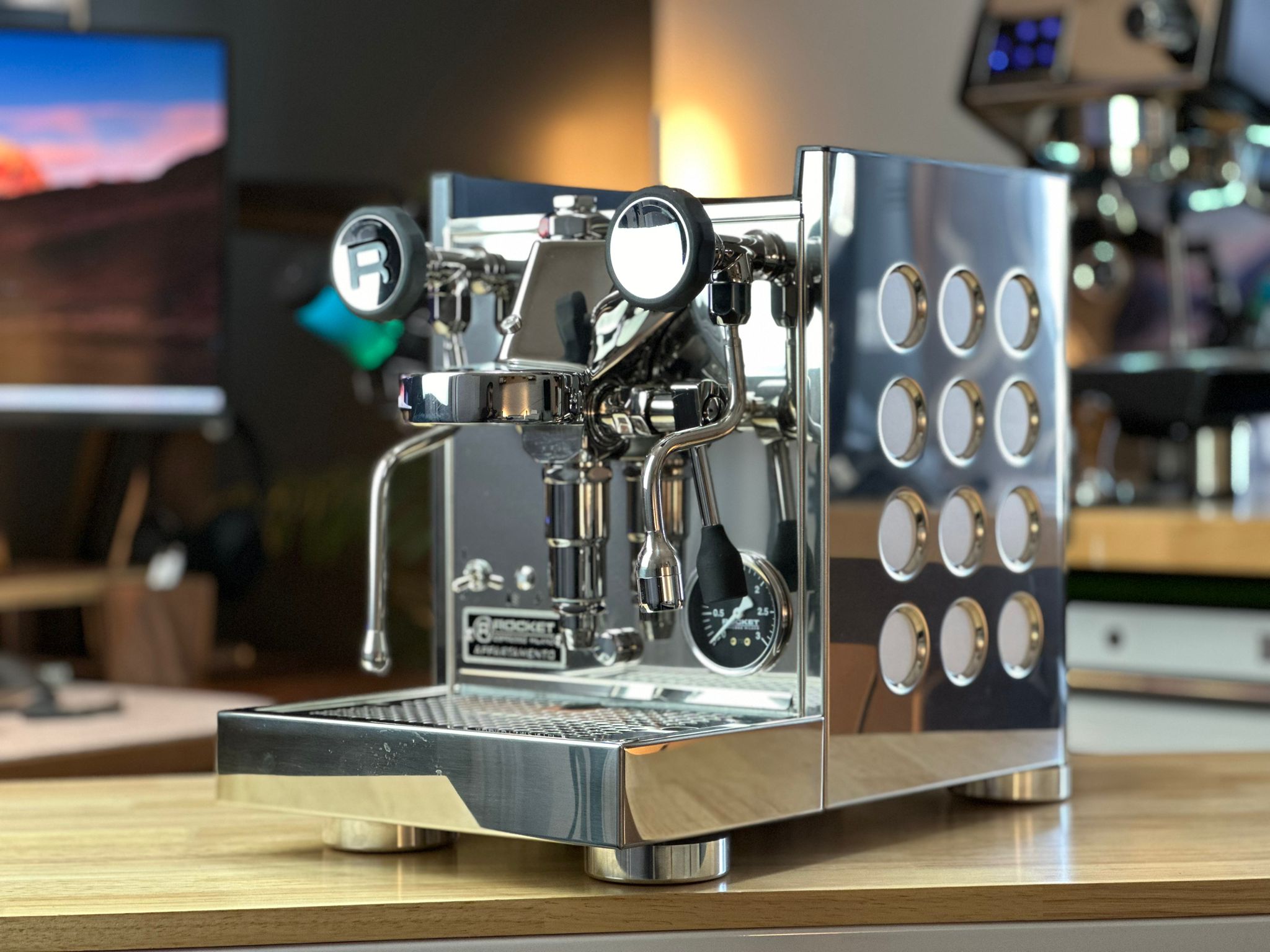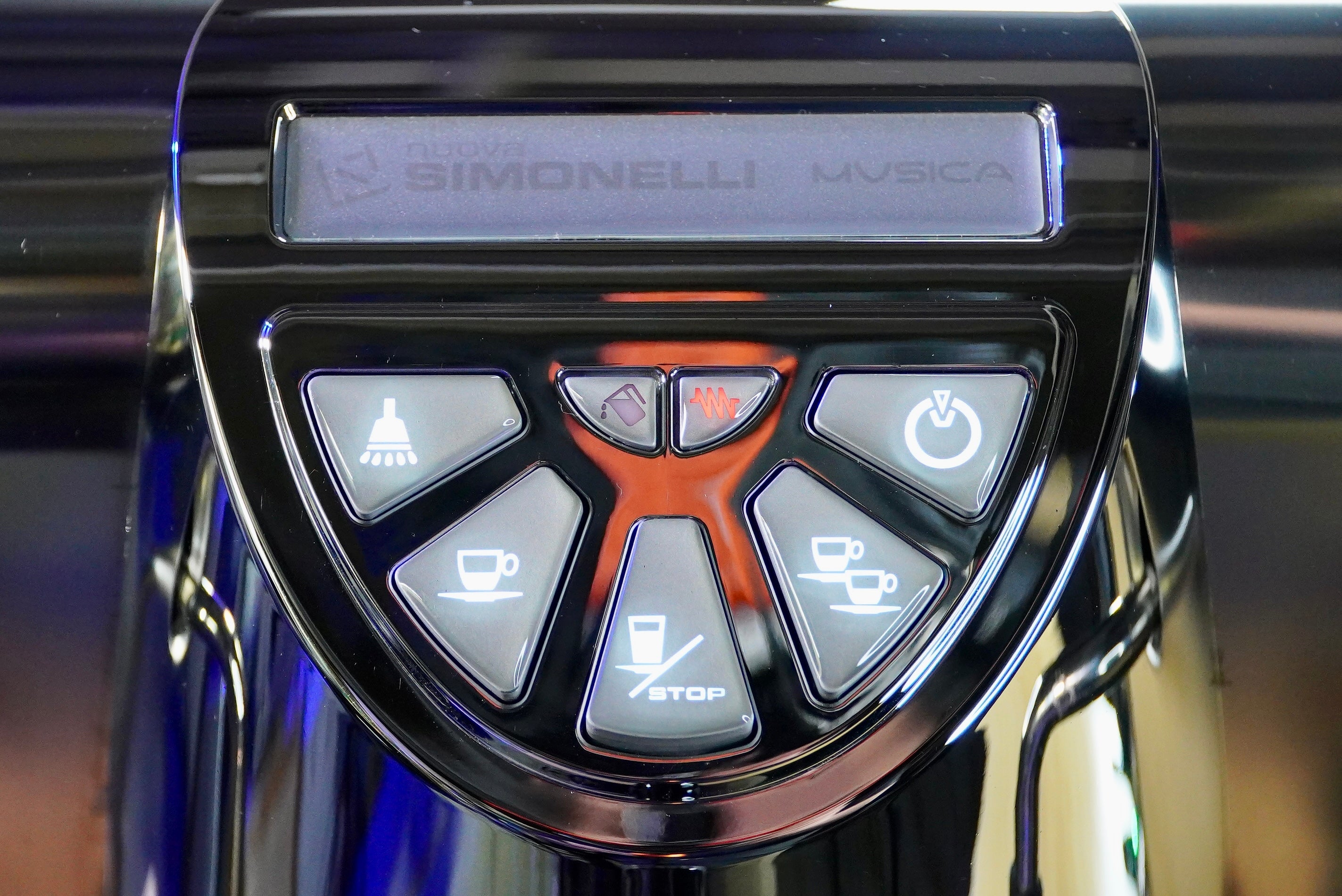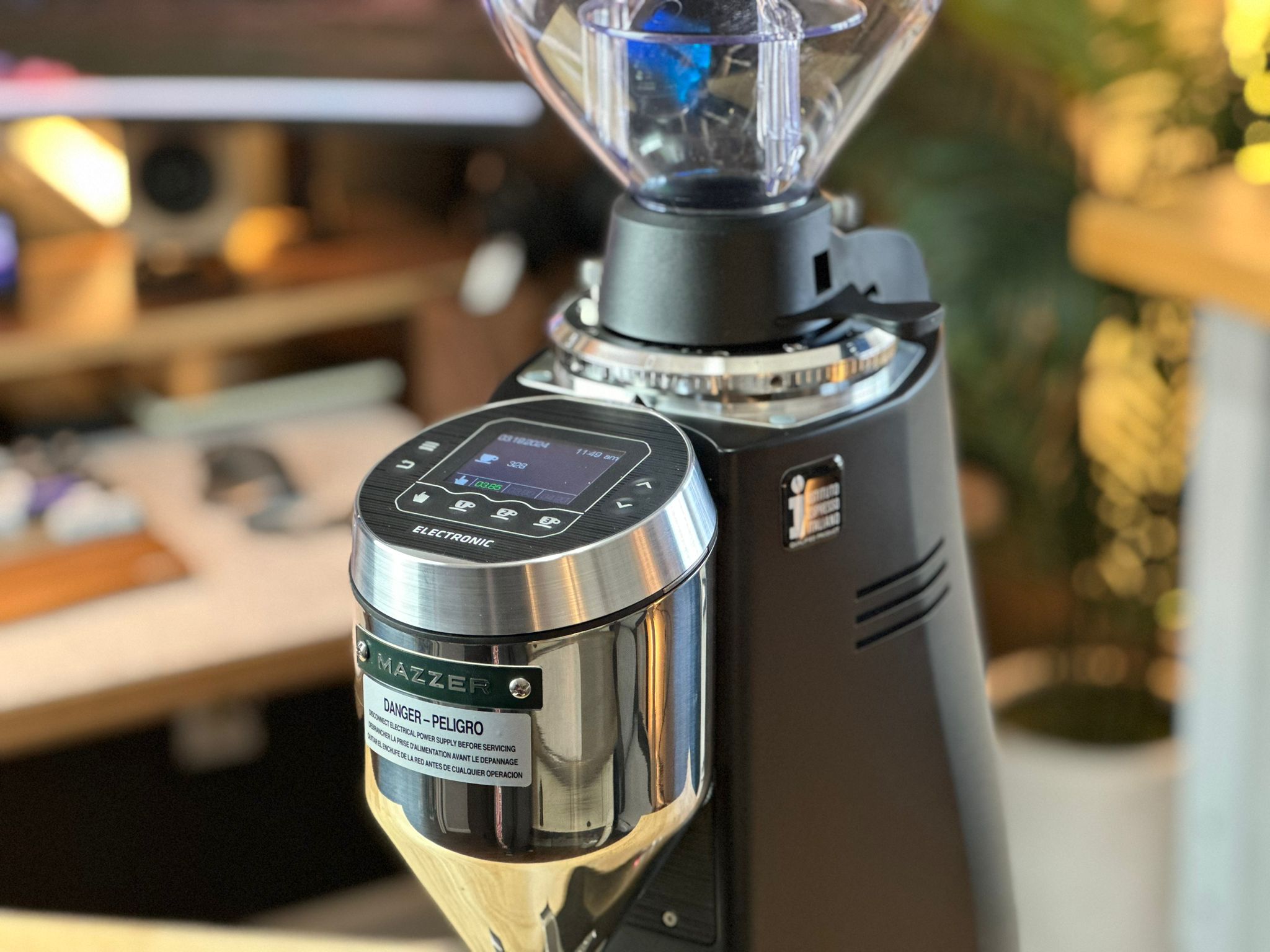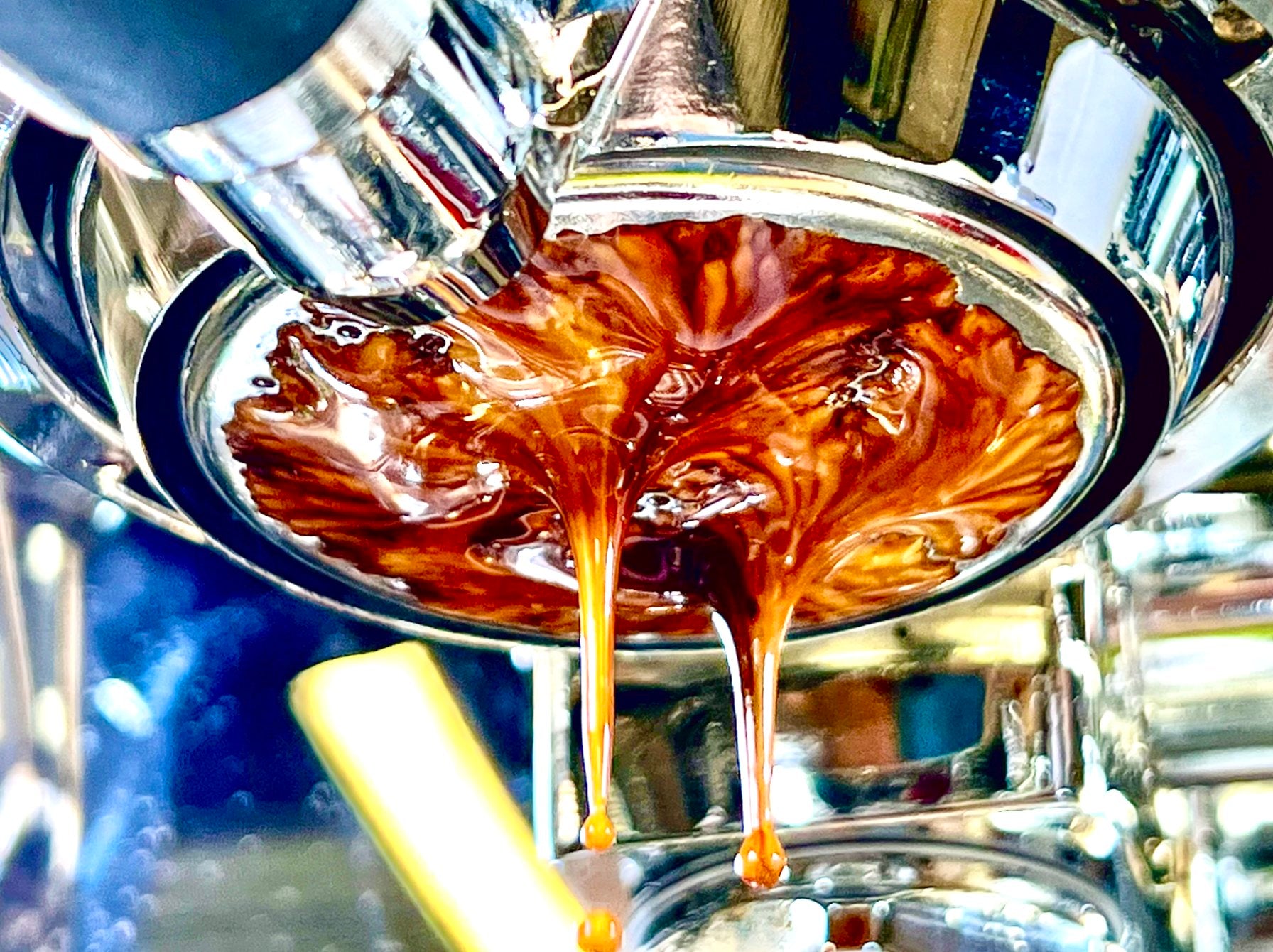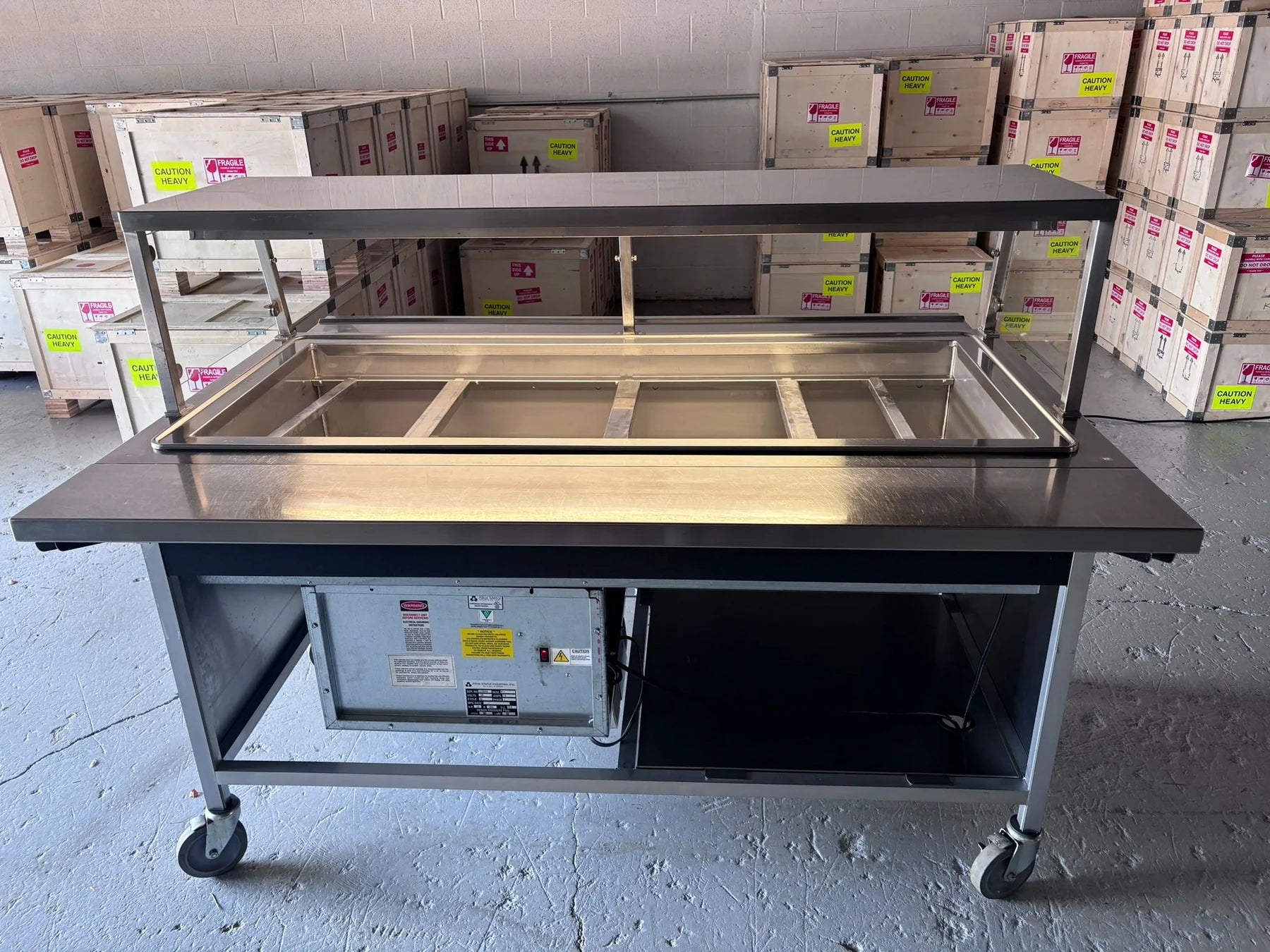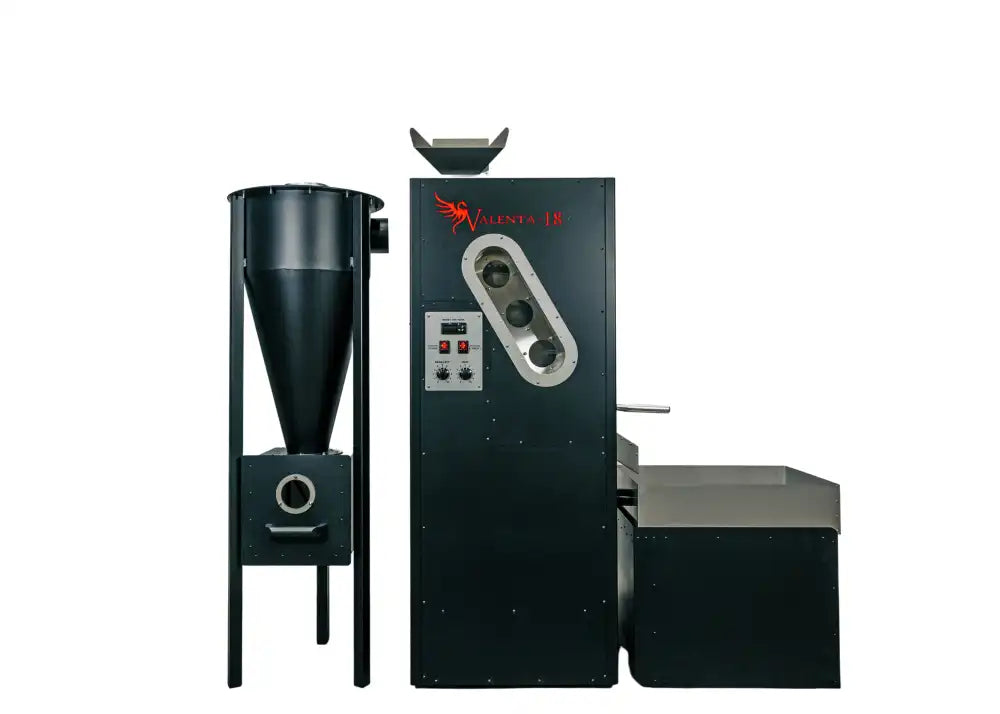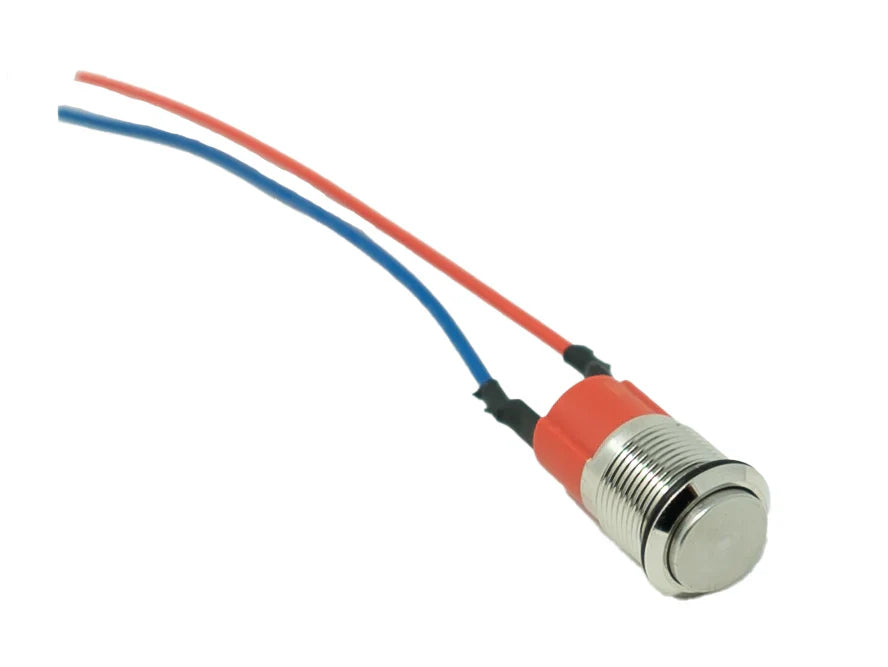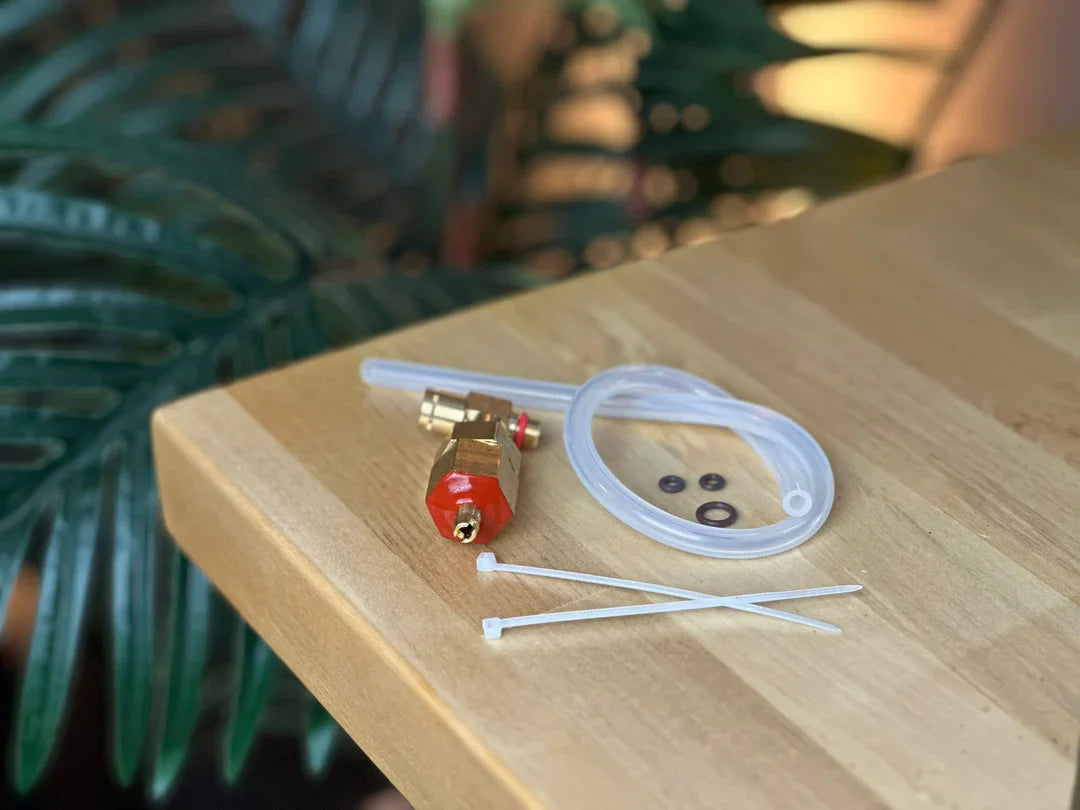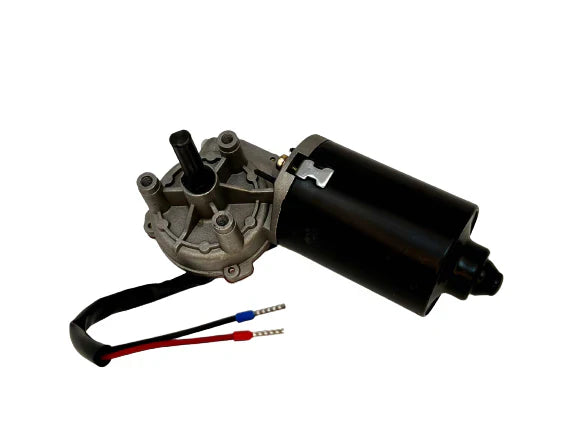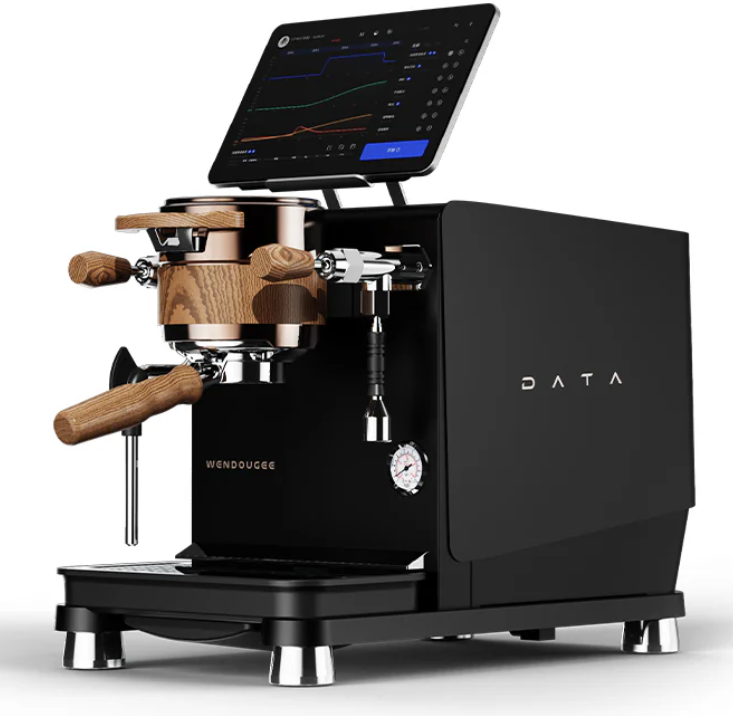How Plasma Generators Work In Coffee Grinders
Plasma generators in coffee grinders, such as the Turin DF64 Gen 2, are designed to eliminate the static electricity that commonly builds up during the grinding process. This static electricity can cause coffee grounds, especially finer particles (known as "fines"), to cling to the grinder's internal components and the collection container, leading to dosing inconsistencies and a mess. The plasma generator neutralizes this static charge by emitting a balanced mix of positive and negative ions, which interact with the charged coffee particles and the grinder surfaces, preventing static buildup.
Here’s a detailed breakdown of how plasma generators work in coffee grinders like the Turin DF64 Gen 2:
1. Ionization Process
At the core of the plasma generator is an ionization system that produces a stream of positive and negative ions. These ions are created by applying a high-voltage electric current to the air around the generator, which strips electrons from neutral molecules (usually nitrogen and oxygen in the air). This process generates:
- Positive ions: Molecules or atoms that have lost one or more electrons.
- Negative ions: Molecules or atoms that have gained electrons.
These ions are then released into the grinding chamber or the chute where the coffee grounds are collected.
2. Neutralizing Static Electricity
During coffee grinding, the friction between the coffee beans and the grinder’s burrs, combined with the materials used in the grinder (metal, plastic, etc.), leads to static electricity. This is especially problematic in dry environments where humidity is low, as static tends to build up more easily. The static charges cause the coffee particles to stick to surfaces, creating clumps and making it difficult to transfer the grounds cleanly.
-
Charge Imbalance: Coffee grounds and grinder surfaces acquire either a positive or negative static charge due to friction.
-
Ion Neutralization: The plasma generator releases ions into the grinding chamber. These ions are naturally attracted to the static-charged surfaces and particles. If a surface or coffee particle has a positive charge, negative ions will be attracted to it, and vice versa for surfaces or particles with a negative charge. This process neutralizes the static charge on the coffee particles and the grinder surfaces, preventing them from clinging to each other.
3. Improved Ground Distribution and Cleaner Workflow
With the static charge neutralized by the plasma generator, the coffee grounds behave more predictably and evenly:
-
Even Ground Distribution: Without static, the coffee grounds fall uniformly into the grinder’s collection container or directly into the portafilter. This ensures more consistent dosing and less wastage.
-
Reduced Mess: Since the grounds don’t cling to the grinder's chute or container, the grinder stays cleaner, and there’s less spillage when transferring the grounds. This is particularly useful for home baristas who want a cleaner workflow and less maintenance.
4. Advantages of Plasma Generators in Coffee Grinders
Plasma generators offer several key benefits over traditional static-reduction methods (such as the Ross Droplet Technique, where a small amount of water is sprayed onto the beans):
-
Automatic Operation: The plasma generator in the Turin DF64 Gen 2 works automatically during the grinding process, eliminating the need for manual interventions like spraying water on beans or adjusting humidity levels.
-
Consistent Results: By continuously neutralizing static during grinding, plasma generators provide consistent performance, ensuring even ground distribution and accurate dosing every time.
-
Maintenance-Free: Unlike some methods that require adjustments (such as misting or environmental controls), plasma generators are integrated into the grinder and require no user maintenance.
5. Specific Benefits in the Turin DF64 Gen 2
In the Turin DF64 Gen 2, the plasma generator is strategically located near the grinding chamber or the chute to maximize its effectiveness. Here’s how it benefits the grinder specifically:
-
Static Reduction at the Source: The generator neutralizes static charges as soon as the coffee beans are ground, preventing particles from clinging to internal surfaces.
-
Cleaner Dosing Funnel and Portafilter: With no static, grounds flow smoothly into the collection container or portafilter without creating a mess or inconsistent doses.
-
Compatibility with All Grinding Settings: Whether grinding fine for espresso or coarse for pour-over, the plasma generator ensures that static buildup is controlled across different grind sizes.
Conclusion
Plasma generators, as used in grinders like the Turin DF64 Gen 2, are an advanced solution for managing static electricity during coffee grinding. By continuously emitting ions that neutralize static charges, these generators improve grind consistency, reduce mess, and create a more user-friendly coffee preparation experience. This innovative technology represents a leap forward in solving one of the more persistent challenges in home and professional coffee grinding.


